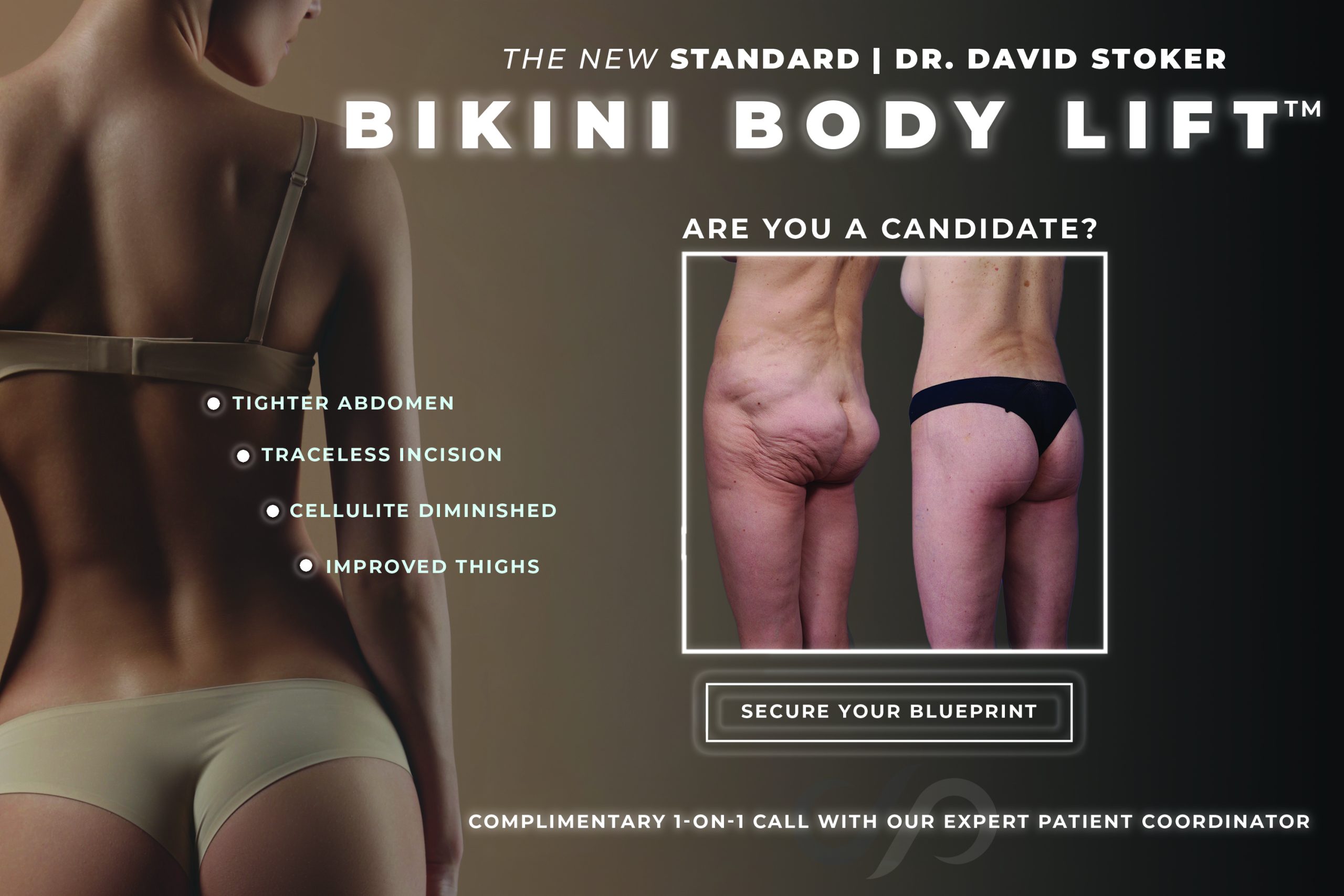Many of my Los Angeles liposuction patients are interested in using local anesthesia for their procedures, but they are worried about the risks. The truth is that all plastic surgery procedures carry some risks, and the same is true when choosing anesthesia. Your surgeon should be able to recommend the most appropriate type of sedation based on personal preferences, the procedure, and the size of the treatment area.
For liposuction procedures, I offer the following options:
Local Anesthesia
Local anesthesia can be used with or without oral sedation. This option is often chosen by men and women who are removing fat from 1 or 2 areas of the body. While there is no intravenous (IV) sedation involved, I do inject a small amount of lidocaine into the access incision sites and then administer diluted local anesthesia into the fatty layers of tissue. Most patients are comfortable and able to hold a conversation during the procedure.
Twilight Anesthesia
This type of anesthesia is usually requested by individuals who want to avoid general anesthesia but would like to be sedated. Twilight anesthesia includes IV sedation that can be controlled to accommodate individual comfort levels.
Light General Anesthesia
Light general anesthesia must be administered by an anesthesiologist, but allows the patient to breathe on his or her own without ventilation. During this process, the patient is “put to sleep” with low doses of medication and a mask is placed over the mouth to monitor breathing. This use of general anesthesia is considered “light” because local anesthesia is also used to numb the treatment area, thereby reducing the need for more general anesthesia.
General Anesthesia
General anesthesia requires a deep level of sedation and is typically recommended for large-scale procedures such as body lifts. For safety, general anesthesia should be administered by a qualified anesthesiologist, since breathing must be controlled and the body’s functions must be monitored. This method of sedation commonly includes a combination of IV medications and anesthetics (gases). General anesthesia is advantageous because most people experience no pain during the procedure.


Leave a Reply